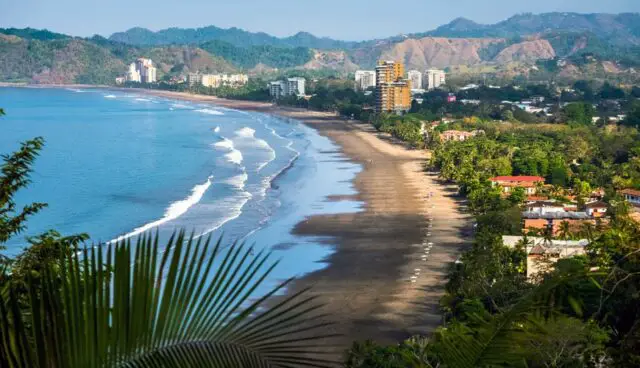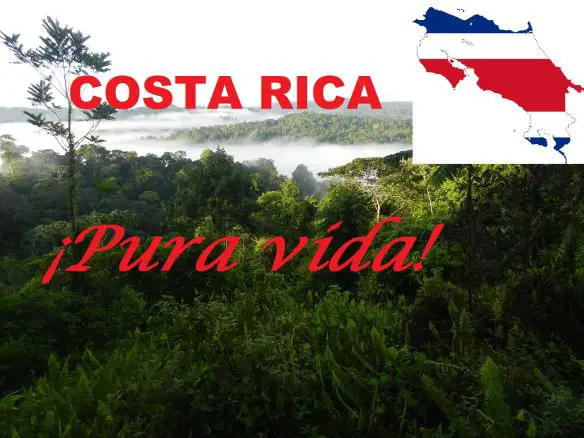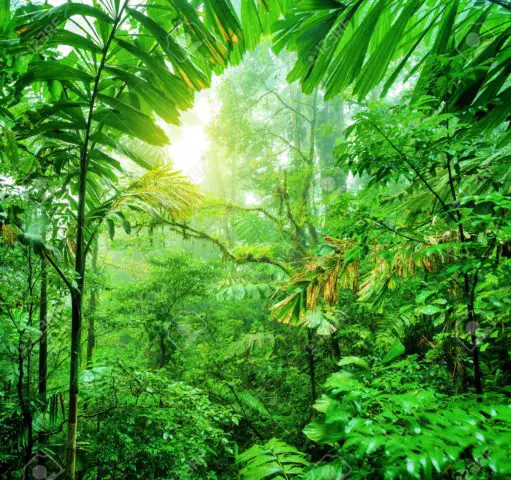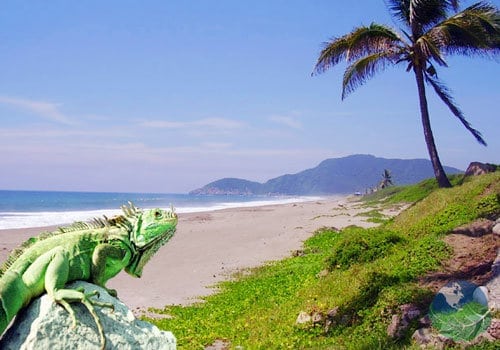The small piece of land that connects North America and South America is divided into five countries: Guatemala, Honduras, Nicaragua, Costa Rica and Panama. They are countries with a tropical climate, with a jungle nature and wild beaches on both sides of the territory, between the Atlantic and Pacific Oceans. However, among all these regions, Costa Rica stands out, known for being one of the best preserved natural reserves on the planet.

5% of the world’s biodiversity is concentrated in Costa Rica, which means that 5% of all plant and animal species are found in this country. That is a lot, considering that the territory of Costa Rica represents less than 1% of the planet. Scientists and researchers from around the world travel there every year to study the rich biodiversity of indigenous plants and animals.

A country full of “Pura Vida”
Aware of the richness of its natural heritage, the Costa Rican authorities have developed sustainable and environmentally friendly tourism. In this way, tourists and visitors can enjoy nature without endangering the ecosystem. Tourism brings economic benefits to local communities, while preserving natural resources.
Following the line of its environmental policies, 90% of the electricity consumed comes from renewable energy sources, the government wants to reduce greenhouse gas emissions as much as possible, millions of trees have been planted and new reserves have been created natural and protected areas.
Costa Ricans often use the expression “Pura Vida” as a greeting or to say that everything is going well. However, the phrase has become a philosophy of life and Costa Rica is the maximum exponent of this vital and positive attitude towards life.

Nature everywhere
The Costa Rican government presented in 2016 the Costa Rican Biodiversity Atlas (CRBio), a database that collects all the plant and animal species that have been found so far. The Biodiversity Atlas was made in collaboration with more than 160 international organizations dedicated to the study of biodiversity. By consulting it, you will be able to find out in which areas of Costa Rica live the red poisonous frog, the quetzal or the howler monkey.
Recently, Google has transferred several of its recording and geolocation devices to Costa Rica, to take 360º portraits of the most iconic places in the country. In total, 76 panoramic images of beaches, islands, museums and cities have been taken, with which you can visit some of the most popular places in Costa Rica. Like Cocos Island, which was once a hideout for pirates and is now a protected landscape full of exotic plants and animals.

To preserve this paradise, the Costa Rican government has prohibited fishing and there are no hotels or hostels on the island, nor restaurants or places to eat. You can enjoy the virgin beaches, go on excursions through the jungle and bathe in the waterfalls. Diving and snorkeling you can see colorful fish, sharks, mantas, dolphins, turtles …
